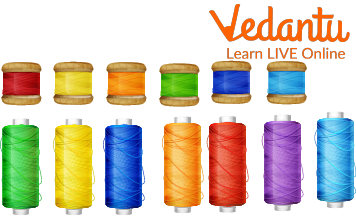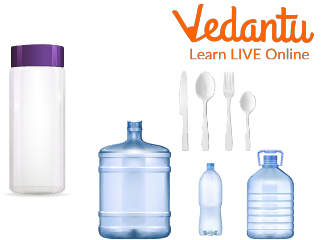




Introduction to Synthetic Material
What would life be like if we wore concrete clothes or rode bikes made out of glass? Wouldn’t that be a sight to laugh at? Concrete and glass are just two of the many materials we use in our everyday life. Most of these materials have undergone changes from their actual or natural state.
Chemical processes change raw materials into materials that have special attributes. For example, the clothes that we wear today are majorly made up of man-made fibres, i.e., they are not completely made out of cotton.
This is to improve the softness of the material, while also making the fibre stronger and more stretchable. For example, a sports t-shirt made from polyester offers more breathability than a normal cotton one. Synthetic materials have made human life easier in ways that cannot be counted.
What are Synthetic Materials?
Synthetic materials or the materials made in the chemical industry are all around us and some of these synthetic materials also enter our bodies. These new-age synthetic materials include the paint on our cars, to the food that we eat.
Yes! Many of the foods we eat today have small contents of synthetic flavouring or synthetic colours added to them. When these foods are consumed, the synthetic materials enter our body and could prove to be harmful if they are found to be in large quantities.
Synthetic Additives
We all know that snacks should only be consumed occasionally because of the high quantities of sugar and fats they contain. But did you know that these foods also contain certain chemicals called additives?
The food and beverage industry uses various additives to stop food from getting spoilt or to improve the texture and flavour. There are a number of different additives, some are natural, while some are synthetic.
Synthetic Materials - Examples
The first clothes were just animal skins. But man has progressed so far now that the clothes we wear contain man-made fibre. Today, man uses chemicals, or petrochemicals to make synthetic fibres. These include acrylic, nylon, rayon, and polyester which are cheaper but also stronger alternatives to natural materials.
Manufacturing Nylon

Nylon Thread
Nylon was the first-ever fibre to be entirely made out of chemicals, that is, it was the first synthetic fibre. Nylon pellets are heated to 260°C to create a polymer solution that is in a molten state. This is done with the help of a spinneret - the process is called extrusion.
As this polymer comes out of the small holes into the cooler atmosphere of the factory, it begins to shape into solid threads of nylon. These are further treated in a specific cooling wash, spun into a large yarn, and then wound onto a reel.
Ceramics
We are all surrounded by ceramics. A number of products that we handle daily are made from ceramic material. Ceramics have a broad range of uses - constructing the walls of a house, mending broken teeth, or even insulating cables. There are two groups in which ceramics have been separated. The first group contains materials that are moulded into a particular shape before being heated - the making of bricks and pottery are examples of the first group. The second group contains materials that are given a particular shape after being treated by heat. Examples are cement and grass.
First Use of Plastics

Plastic Daily-Use Items
Alexander Parkes, an English chemist, put forth the first plastic material in the 1850s. In today’s times, plastic is made from the chemicals found in the oil. Plastics are used for making toys and several other household products such as chairs and bins.
Summary
All the materials used in a game of tennis perfectly suit their functions. Tennis rackets have strong nets as they need to stop balls that are in motion and usually very fast. Balls, too, are made from materials that do not tear upon collision with the ground or the racket.
The court surface and tennis shoes are also made from suitable, strong, synthetic materials which allow them to withstand harsh use and the wear and tear caused by the players playing the game. It is only because of advanced science that we are able to enjoy the game of tennis - or basically, any other activity as synthetic materials are found everywhere.
FAQs on Synthetic Material
1. How are synthetic dyes made?
Synthetic dyes are made by adding chlorine or sulphur to the colourless chemicals that are made by distilling coal tar or petroleum. Some synthetic dyes come from cracking oil that is crude. The attributes and colours come from the chemicals taken from petroleum. As these do not occur naturally, they are also known as man-made dyes. Most of the products we utilise in daily life use synthetic dyes, these products range from our favourite clothes to the pen we use for writing. These products have synthetic dyes as they give them colour.
2. How is rayon made? Is it a strong fibre?
Rayon, synthetic fibre is made from cellulose found in wood pulp. It passes through a process due to which it becomes stronger and easier to dye. The most important type of rayon is viscose. Fibre is woven out of a spinneret during the production of rayon. While producing rayon, viscose rayon fibres are woven out into a chemical bath after which yarns can be made. Today, there are various different types of rayon and they are categorised into viscose, lyocell, and modal.









